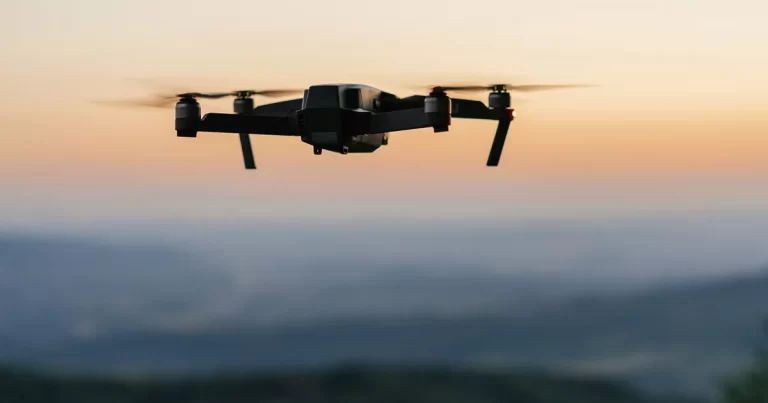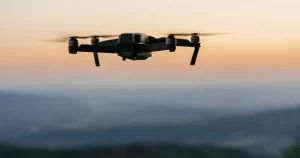The current camera drones are inconceivably capable and brilliant at the nuts and bolts, which makes this a superb opportunity to think about one. Whether you’re a painstakingly pre-arranged flyer or are just having the potential chance to grips with snapping photos and videos from lofty heights, there are gigantic heaps of astounding decisions to investigate.
In addition, with the movement of battery efficiency, navigation, obstacle evasion, and adjustment, you don’t need to pay an unreasonable sum to get a phenomenal experience, all the while. Paying top money really gets you the best overall drone, clearly, yet the check for the segment, if you’re new to the area, is significantly lower than it’s forever been. Whatever you require, there’s a drone for it. Likewise, that is the explanation we’re here. In this guide, we’ll go through everything that could be bought today.
What we will see here?
1. DJI Mini 2
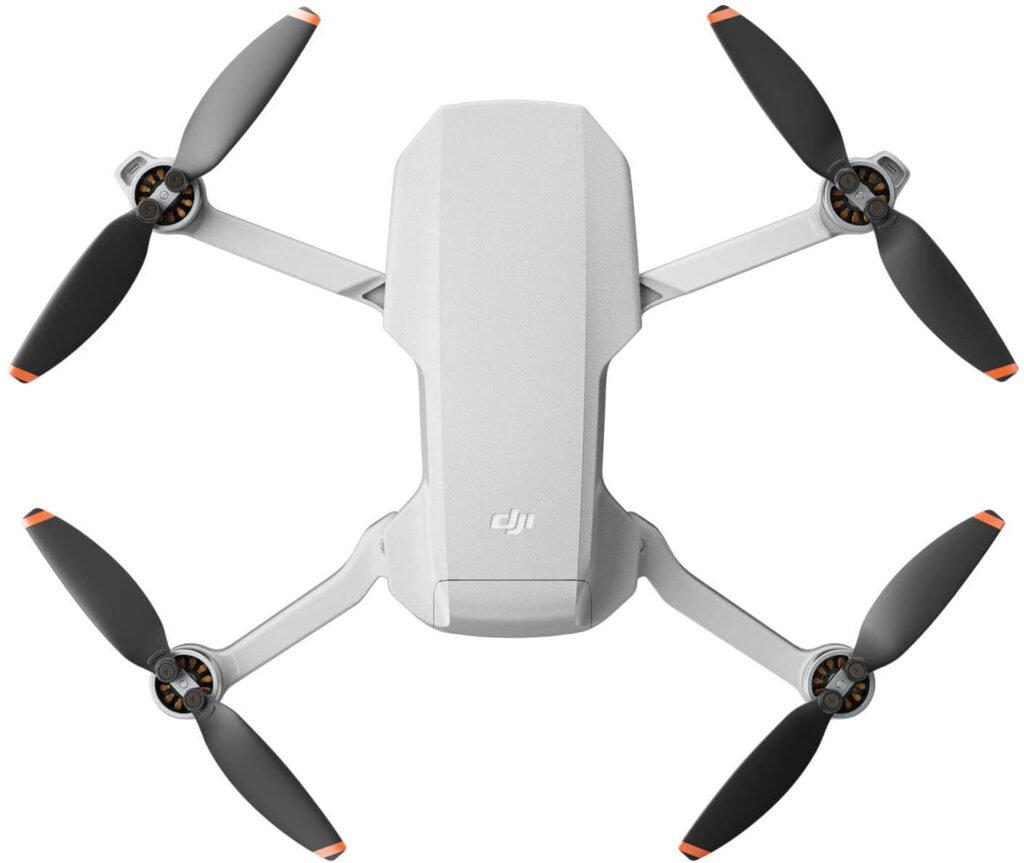
DJI defined smaller quality camera drones as something which could appeal to and be seen by standard purchasers with the Mavic in 2016, but the cost and, even more lately, weight limits kept a couple of buyers off. Drones over 250g (or working them) by and by requiring registration and a little cost in numerous countries. The Mavic Mini solved the weight issue in 2019, yet the latest Mini 2 has taken that inside and out inexplicable design and souped it up so it can now attract extra certified clients also.
The airframe is incredibly light, yet is similar to the charger (through the USB-C socket at the back) so that is a less thing while at the same time traveling with as little luggage as possible. It feels strong, and the camera is mounted on a 3-axis gimbal that assimilates essentially all exciting bends in the road in flight and can be shifted easily. Control is essential, through the astounding new remote – the reach is now not a worry (not at all like with the predecessor) and the controller’s battery could top your phone up too.
Video is better in 4K and 100Mbps, or vloggers happy with 1080P might be more charmed by the helpful (but lossy) advanced zoom. The automated ‘QuickShots’ (the drone keeps the camera on you and plays out a cool pre-planned plunge) are similarly especially advantageous; beginners can appear to be star pilots and get emotional video. Anyway, photos are brilliant at the expense but can be a little noisy in anything short of good light. Nonetheless, the DJI Fly App has extraordinary safety highlights and is clear and easy to read, without being oppressive.
Pros
- Very portable
- Registration-free in the USA, China, and more
- Easy-to-fly
- Raw photos
Cons
- Limited tracking features
2. DJI Mavic Air 2

The new DJI Mavic Air 2 is a dazzling technical achievement, that is what an incomprehensibly fit drone – for by far most – could appear to be the really flying camera they’d anytime require. With front, downward, and back confronting distance sensors, the drone is fit for identifying obstacles and alerting the pilot, yet also plotting a course to avoid, say, a wall or a tree if required.
This drone offers significantly longer flying time (an incredible 34 minutes) and ideal reach over the primary Mavic Air. However, the genuine appeal to photographers and videographers is the new 4K 60fps camera, which packs a 48-megapixel half-inch sensor.
This camera drone gets a completely upgraded controller, which we rather like – with your mobile phone slotting in over the controllers, especially like you would find on top-end drones. As with other DJI drones an extra “fly more” pack is open which groups stuff you really need (case, spare batteries) – this costs more, clearly, yet is a significant part of the time an astute investment.
Pros
- Portable
- 4K shooting a 60fps
- Object avoidance with course correction
Cons
- No side or top sensors
- The app could be better
3. DJI Air 2S
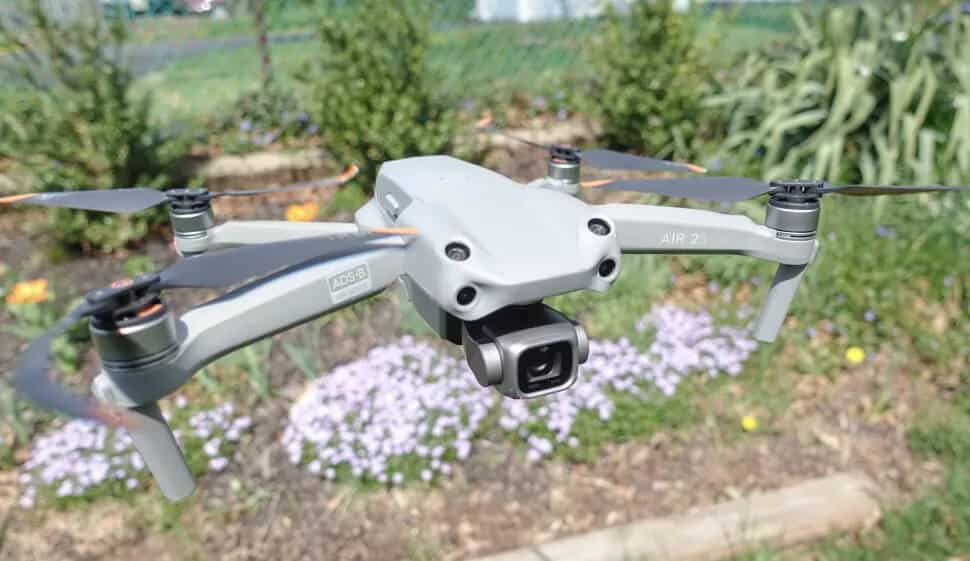
Sitting between the DJI Air 2 and the DJI Mavic 2 Pro is the DJI Air 2S, which joins a couple of features of both in a drone that costs about a grand. The DJI Air 2S has a 1-inch picture sensor — twofold that of the DJI Air 2 — and that suggests you’ll get some dazzling photos. It similarly has another part called MasterShots, in which the drone will separate what it’s looking at, and a short time later normally produce a flight pattern and make a film, complete with a soundtrack.
Like any remaining DJI drones, the Air 2S was a pleasure to fly. It’s unbelievably easy to pilot and drifts like a statue. It has a comparable transmission technology to the DJI FPV, so it can fly farther than most other DJI drones. Its 31-minute flight time is several minutes not actually the DJI Air 2, yet we suspect some will promptly make the tradeoff for better videos.
Pros
- Easy to fly
- Good flight time
- Larger image sensor
Cons
- Shorter flight time than others
4. DJI Mini SE
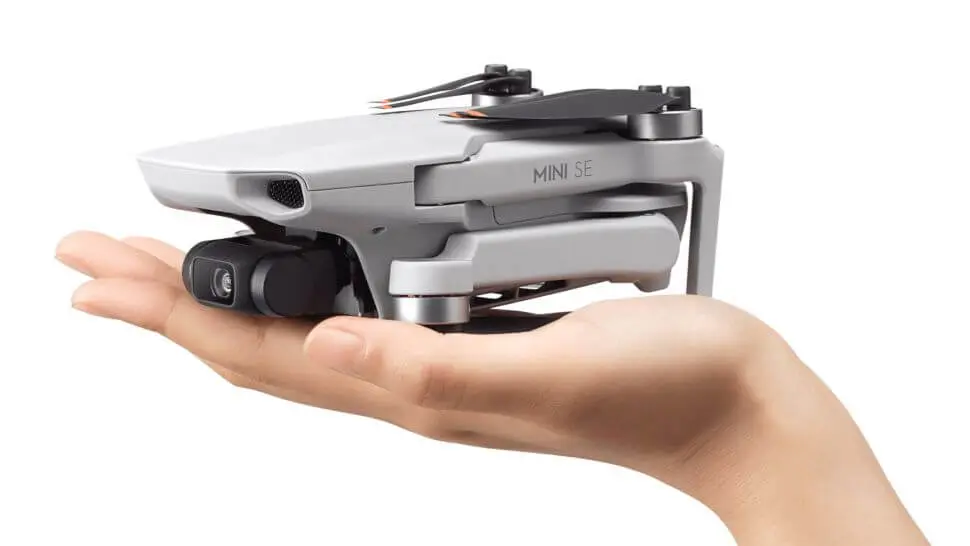
The best method for considering the DJI Mini SE to the extent that quality is as a flying mobile phone camera from a mid-range device. That, in any case, is a selective requirement these days, without a doubt far higher than toy drones and their shaky video since this robot can drift faultlessly on account of its installed sensors and has a 3-pivot mechanical stabilizer for its camera.
Tech lovers could feel that the 2.7K video goal isn’t enough for them, but relatives (and anyone noticing socially shared versions) would not be able to perceive the difference against 4K. The drone moreover scrapes in beneath the 250g registration barrier and has an extensively more welcoming area cost than much else DJI offers, making it an optimal gift. Software-wise the app is normal and incorporates auto land, return to home, and some cool circling effects which will make sure to obtain likes.
Pros
- Side-steps registration fees
- GPS and Altitude Hold
- Mini SE (slightly) better in wind than its predecessor
Cons
- JPEG stills only
- No forward collision sensors
5. Autel EVO Nano

The EVO Nano will undoubtedly happen since it was first declared by Autel eventually before the Mavic 3. Whether it has made a suitable spoiler for DJI’s new flagship or ended up starting to go sour because of that very send-off technique is a request for others, but what we can say is that pre-orders are presently being truly taken by dependable retailers.
That implies it should outstandingly after a short time be possible to take the movement of a drone flight with the eventual result of staying under the registration rules in FAA airspace, for example, while being equipped with a half-inch picture sensor and front, back and base impact sensors. However, filmmakers will appreciate that Autel’s advantage in radio has gone into their Skylink tech, meaning the live preview is as of now 2.7K30 even at the full 10km. YouTubers will esteem the ability to record ambient sounds from their base microphone (for instance the phone on their regulator, to narrate their flight) and all creators will appreciate the SuperDownload include; wireless transfer of pictures and videos to a nearby cell phone at 160 MB/s.
Pros
- 3-way obstacle avoidance
- Under 249g registration limit
- 1/2in the image sensor
Cons
- Autel’s history of delayed launches
- The 50MP “Nano+†version has a larger sensor
Conclusion
Whether you’re a videographer, vlogger, or basically need to have a good time up, the best camera drones let you fly around effectively, shoot amazing photos and videos, and not worry about crashing with things.
Directly following flying large drones around the sky for countless hours, we think the best drone for by far most is the DJI Mini 2. It’s the company’s most affordable and modest drone, simplifying it to pull around and fly essentially wherever. It gets along with its controller into a conveying case no more noteworthy than a lunchbox, with room left over for spare parts and extra batteries. However, the Mini 2 has been moved up to shoot 4K video, has a 6-mile range, and can remain up and over for up to 31 minutes. If you really want something more reasonable, the Mini SE has a significant number of comparable abilities, yet with a lower-resolution 2.7K camera.


